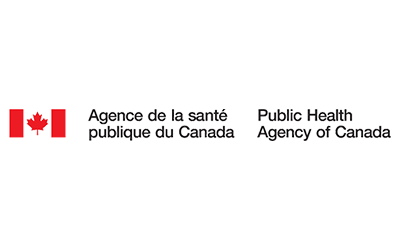Liquid lactase can be found at the counter in pharmacies; simply add a few drops to breast milk or whole cow’s milk to obtain a milk with almost no lactose.
This treatment is the most economical way to provide adequate milk without lactose for intolerant babies. Lactose intolerance varies from person to person. It is possible to use more or less lactase to treat the same quantity of milk. Furthermore, as the intolerance decreases, the amount of lactase can be reduced. Different brands are available: Lactaid®, Lacteeze, and other pharmacy house brands.
FOR BREASTFED CHILDREN
The use of lactase is the best solution since it allows the continuation of breastfeeding, if that is the wish of the mother. For treating breast milk, it is recommended to proceed as follows:
- Express breast milk
- Add 5 to 15 drops of liquid lactase to 1L of milk
- Leave the treated milk for 24 hours in the refrigerator
It is recommended to follow the directions on the product label, as the number of drops required varies from one brand to another.
FOR CHILDREN FED WITH COMMERCIAL PREPARATIONS
Regular commercial preparations may be given to the child if treated with drops of lactase to break down lactose. The procedure is the same as for breast milk. Lactose-free commercial infant formulas are also available over the counter, but they are more expensive.
FOR CHILDREN FEW WITH COMMERCIAL MILK
First note that in a baby whose diet is not varied, the introduction of cow’s milk at nine months is not indicated. For other children with whom cow’s milk may be introduced, lactose-free milk (treated with lactase industrially) is sold in grocery stores. It is available creamed, either partially or completely, which is not recommended in children under 24 months of age, as energy and fatty acid needs will not be fulfilled. In this light, it is possible to add 2.5 ml (½ tsp.) of safflower, soybean or sunflower oil to 250 ml (1 cup) of milk. Butter can also be used as a source of fat provided that the child tolerates it (there are traces of lactose present in butter, which can cause symptoms in more severe cases of lactose intolerance). Furthermore, if butter is tolerated, it remains the best source of fat to add to the child’s diet.
Finally, for practical reasons, adding fat to milk or food is not the easiest solution. A 3.25% fat cow’s milk can also be treated with drops of lactase in the same way as breast milk or regular commercial preparations. This is therefore the best option.
In case of uncertainty or questions, consult a nutritionist.






